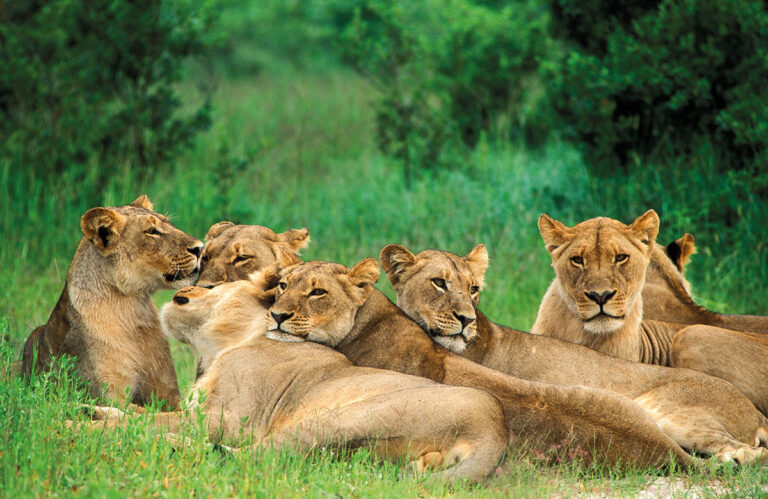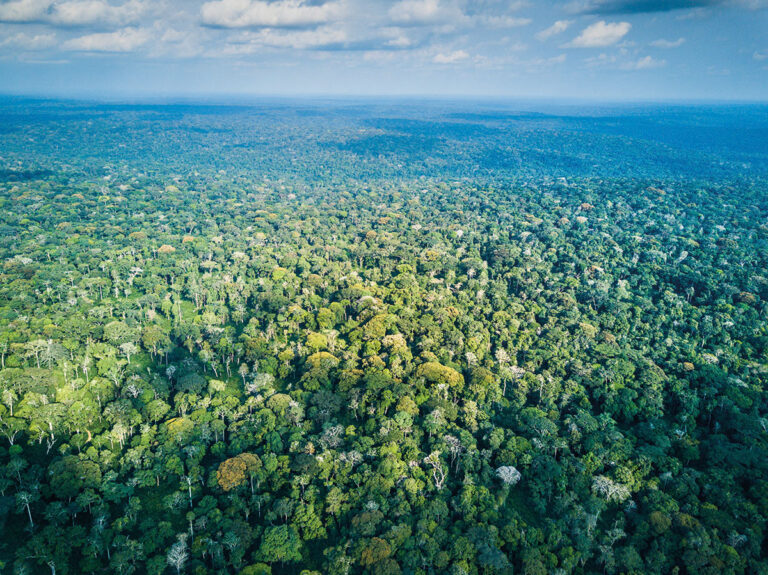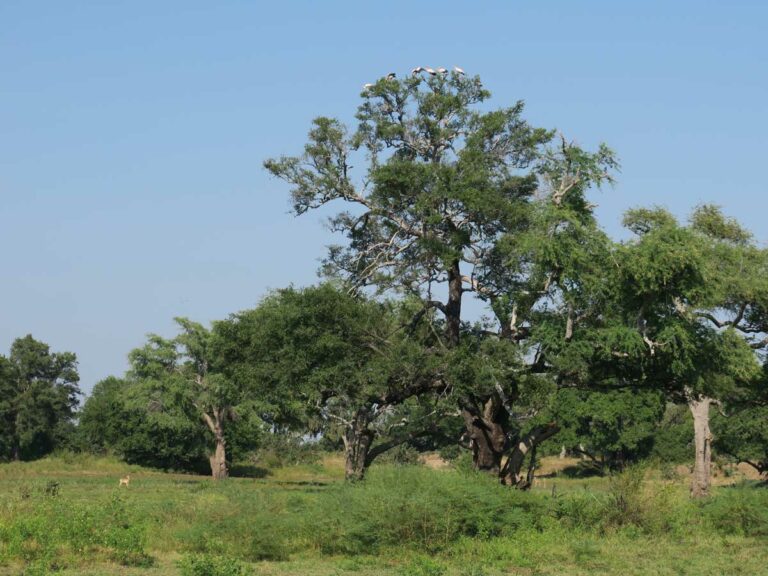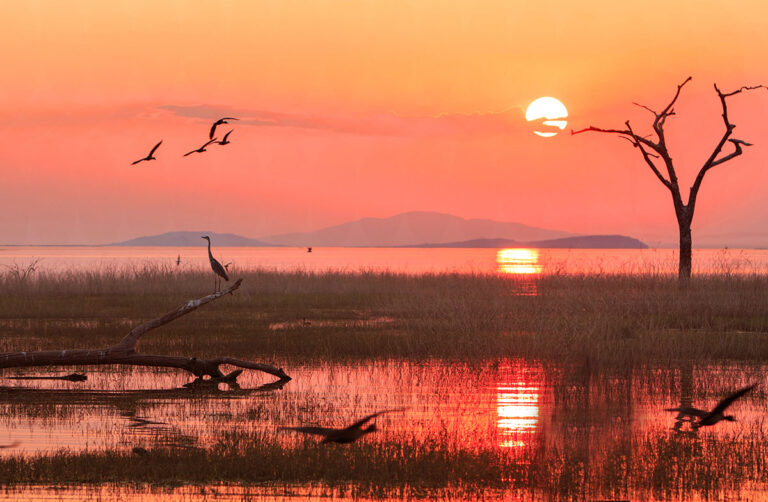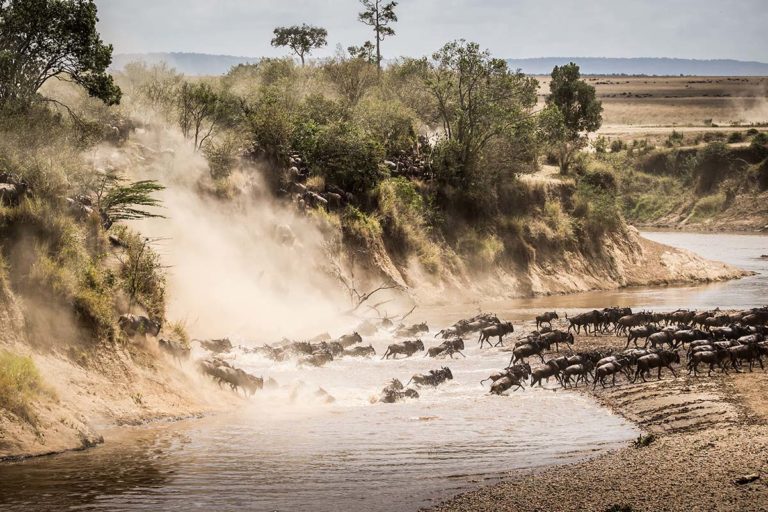Preserving Dzanga-Sangha
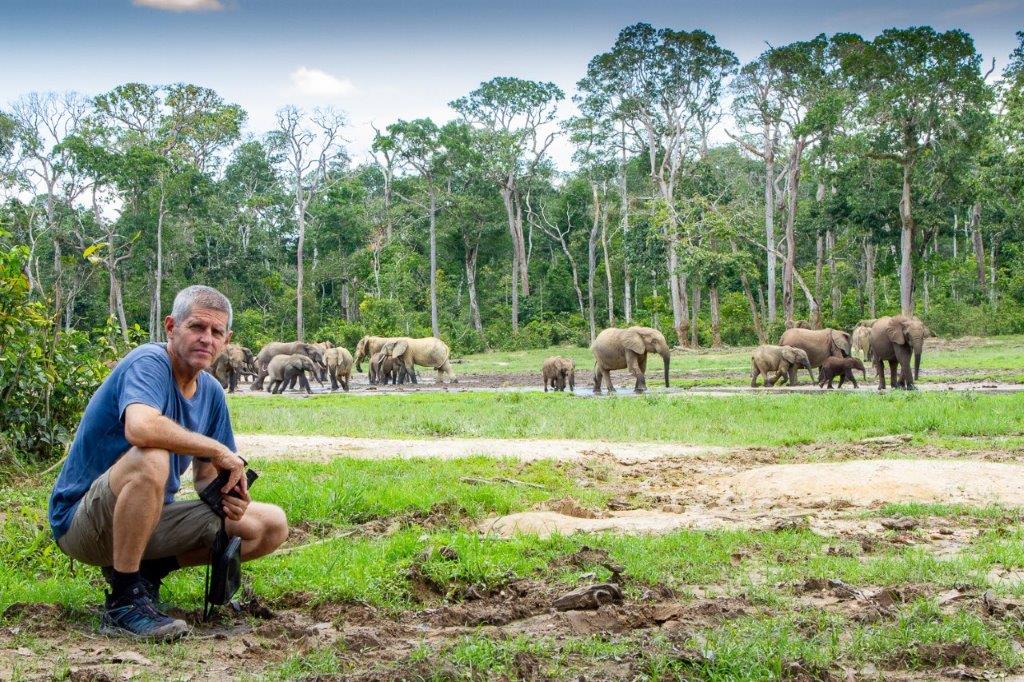
In issue 94 of Travel Africa we visited the Congo Basin, with Heather Richardson going to both Odzala-Kokoua National Park in the Republic of Congo and the Dzanga-Sangha Protected Area in the Central African Republic. Readers will have got a sense of the exceptional biodiversity of this region and how important this ‘mosaic of ecosystems’ is for our environment, with tropical rainforest, rivers, streams, marshlands and bais (grassy glades) at the heart of ‘the lungs of Africa’. But what does it take to manage and protect this vast, complex and vital ecosystem?
Following its Covid-imposed hibernation, both Odzala-Kokoua and the Dzanga-Sangha Protected Area (DSPA) are preparing to welcome their first visitors for 20 months. This is great news for intrepid wildlife lovers, for these forest reserves offer a safari experience unlike anywhere else on Earth.
The area is of vital ecological importance and provides one of the last remaining refuges for the forest elephant and western lowland gorilla. It is also a sanctuary for the rare sitatunga and bongo antelopes and an array of indigenous flora.
As you might imagine, it is no easy task to protect such an important but complex environment. So, how is it done?
The Dzanga-Sangha Protected Area (DSPA) is run by a management unit that includes WWF and the Central African Ministry of Water, Forests, Hunting and Fishing. Despite its protected status, DSPA faces several threats; in particular, the excessive exploitation of natural resources through mining, the harvesting of non-timber forest products and poaching.

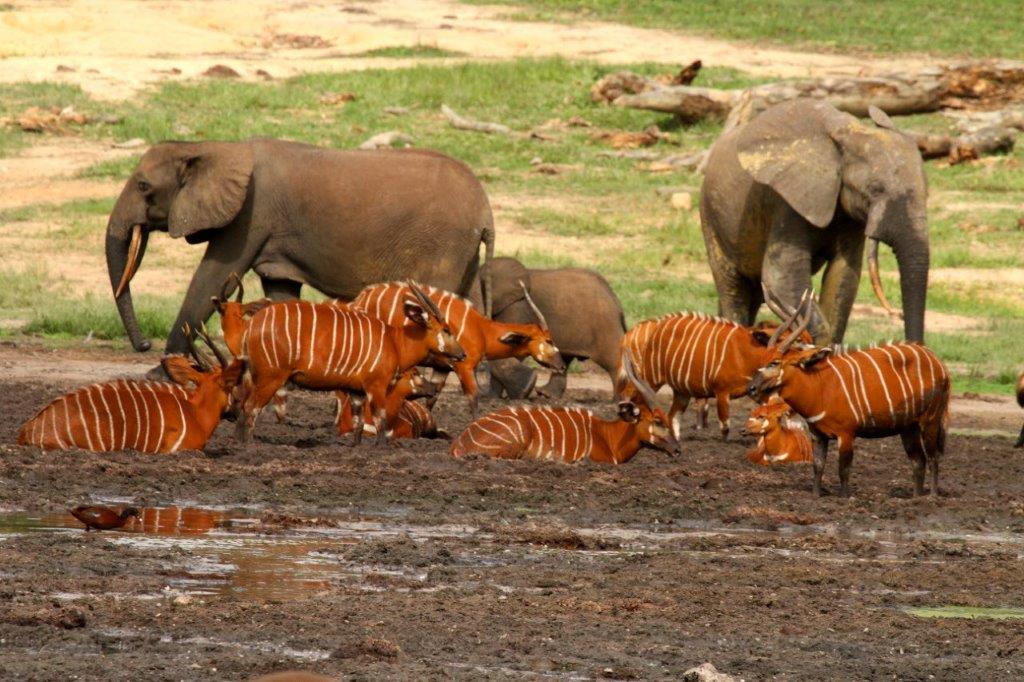
Conservation
To help combat this, the park employs a good number of the local population. “There are 300 people who work in the park,” says Park Director Luis Arranz. “120 of them are guards, 50 carry out the gorilla habituation programme, 14 work in the tourism department and the rest are administrators, drivers, mechanics and the like.”
The unit’s integrated conservation approach aims “to protect the park’s natural resources while improving the livelihoods of the local and indigenous populations living in the protected area”.
To achieve this, it has identified five strategic areas: sustainable tourism, anti-poaching, participative management, sustainable development and education, and sustainable forestry.
“The priority is, of course, to keep the level of poaching (mainly elephants) as low as possible,” says Arranz. “For now, we are doing it, but it will become more and more difficult.”
The DSPA’s latest anti-poaching report illustrates the scale of the problem and its success in tackling it. In September, rangers carried out 40 patrols, travelling 1,631km on foot and covering an area of 1,692sq km. This resulted in the seizure of nine shotguns and 56 cartridges, while they dismantled 2,774 metal snares and confiscated 82kg of bush meat and 1.5kg of pangolin scales. They also arrested, sensitised and released six poachers. This is by no means the highest return. In August, for example, rangers apprehended 20 poachers.
The impact of Covid on the park’s welfare has, inevitably, been detrimental, and there has been an increasing reliance on donors to fund its management.
“Not having income from tourism has, of course, changed our global budget and, therefore, certain activities financed with these funds,” says Arranz. “By having other donors, we have managed to maintain most of these, such as education and health.”
For the time-being, the future of Dzanga-Sangha depends mostly on donors, says Arranz. “But the park has enormous potential and could become self-sufficient. For this, we would need to have 3,000 tourists a year and adapt prices [accordingly] if there were no other sources of funding.”
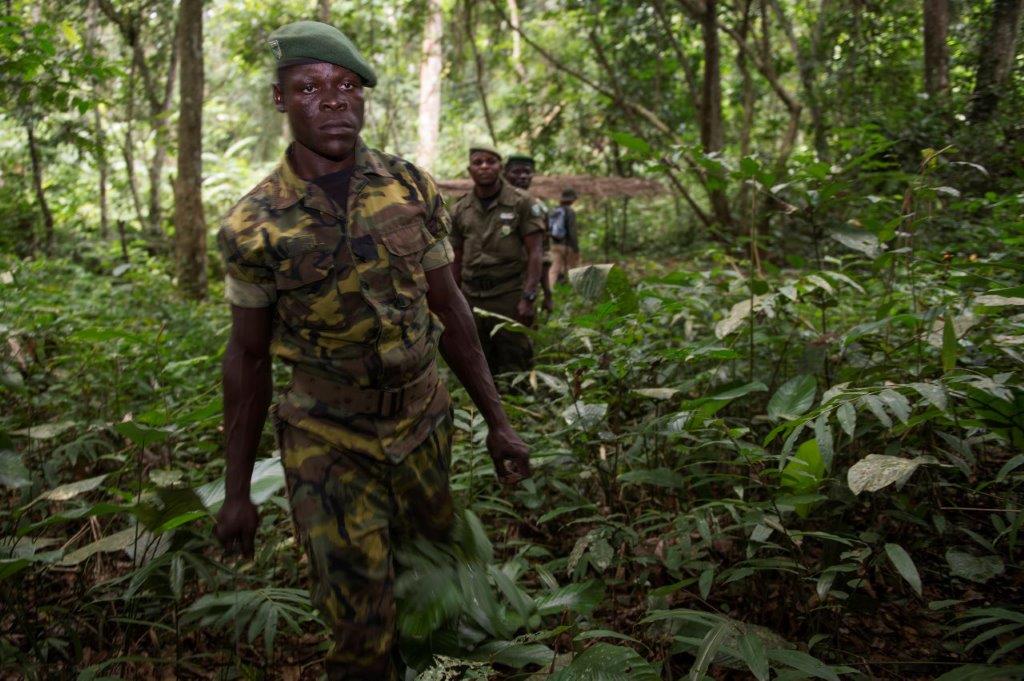
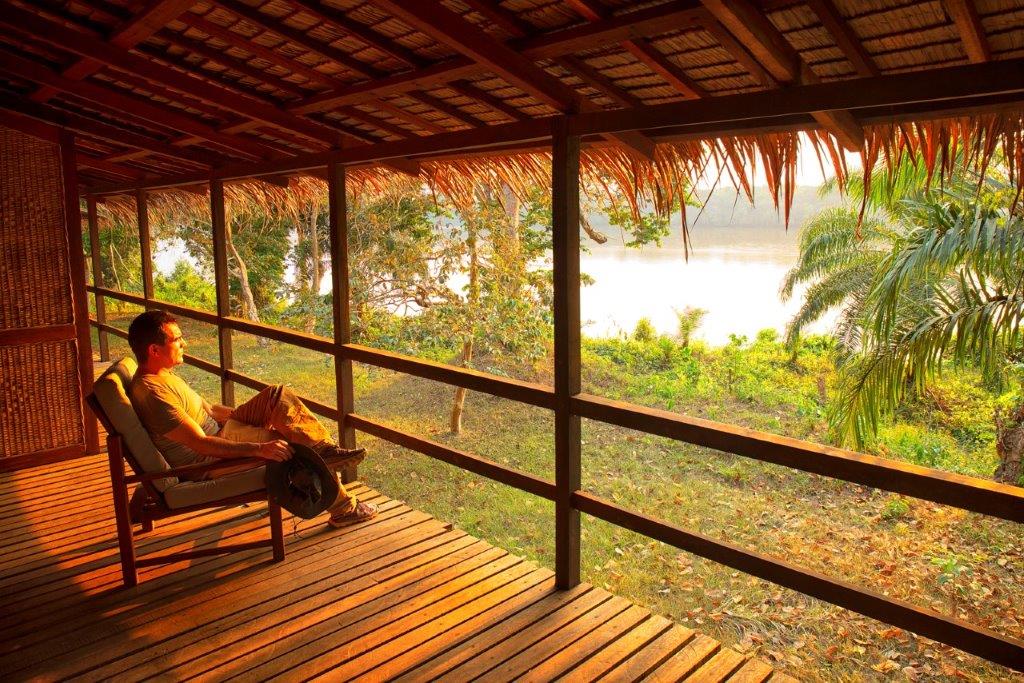
Research
Another key part of the management unit’s approach includes research. “In addition to the primate habituation programme (three groups of habituated gorillas, with another one starting, and a group of 300 mangabeys), we have collared 30 elephants to learn more about their movements,” says Arranz.
In addition, the park has signed a memorandum of understanding with Cornell University’s Elephant Listening Project, while other initiatives include monitoring the frequentation of other bais in the area and carrying out a terrestrial inventory of fauna.
“We also have an agreement signed with the Robert Koch Institute in Germany for the issue of zoonosis [an infectious disease], with a laboratory and a veterinarian present in the park,” adds Arranz.
As the park readies itself for the return of tourists, visitors will find a refurbished Doli Lodge, which sits on the wooded banks of the Sangha River in the centre of the park. Sangha Lodge, an hour from Dzanga-Bai, has also used the time afforded by the lack of tourists to enhance its offering.
Ideally, Arranz would like to see private companies opening new lodges in the park, but “we know it will not be easy and that is why we will surely have to do it ourselves for now.”
Going forward, he says, the priority for tourism is access to the park. “We need to install regular flights between Bangui and Bayanga to facilitate it.”
But for now, those who make the effort to go will not be disappointed. As Rod Cassidy of Sangha Lodge says: “I’ve lived here for 12 years, and I’ve never been bored.”
To learn more about Dzanga-Sangha, visit dzanga-sangha.org or congoconservation.travel
Other recent articles
Rediscovering Zimbabwe
The green heart: trees of life
Where to look?
Zimbabwe highlights
Circuit breaks
25 Reasons to visit Kenya
Subscribe
Never miss an issue of Travel Africa
To ensure you get your regular Africa fix, subscribe to have each issue of Travel Africa delivered directly to you as soon as it is published (four times a year). Choose from print+digital or digital-only options, to suit your preferred reading style. Renewals and gift options are also available.
Join our Shamwari gnusletter
Sign up to receive additional content, news and travel tips by email. Your address will be used only for this purpose and you can unsubscribe at any time.
By using this form you agree that you have read our Privacy Policy

